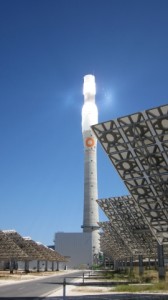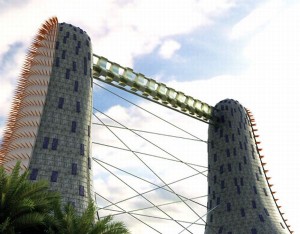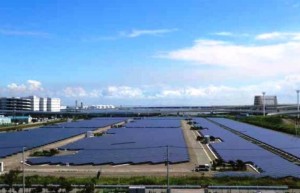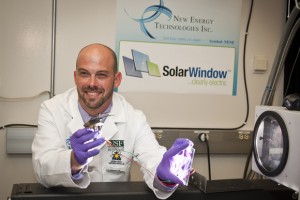The high peaks of the Himalayas may soon be a beacon for adventurous solar power entrepreneurs, suggests a new study that identified the lofty region as having some of the world’s greatest potential to capture energy from the sun.
Other regions not traditionally considered hotbeds of solar power potential include the Andes of South America and Antarctica, note Takashi Oozeki and Yutaka Genchi with the National Institute of Industrial Science and Technology in Japan.
In addition to copious amounts of sunlight, these regions are chillier than the usual suspects such as the southwestern United States and the deserts of North Africa. Colder temps increase the operational efficiency of certain photovoltaic solar cells, which turn sunlight into electricity.
 Follow
Follow


